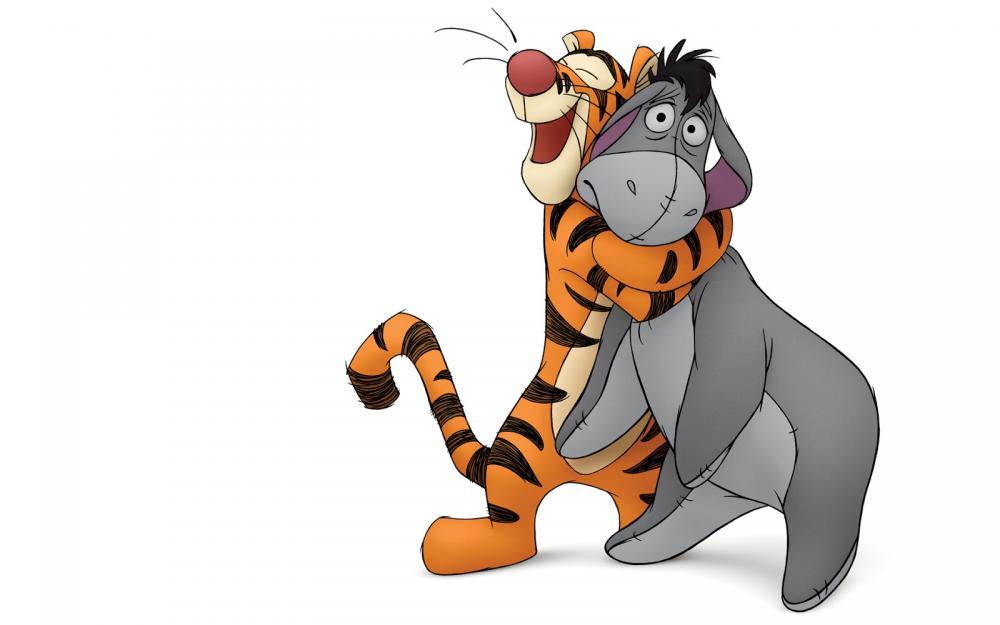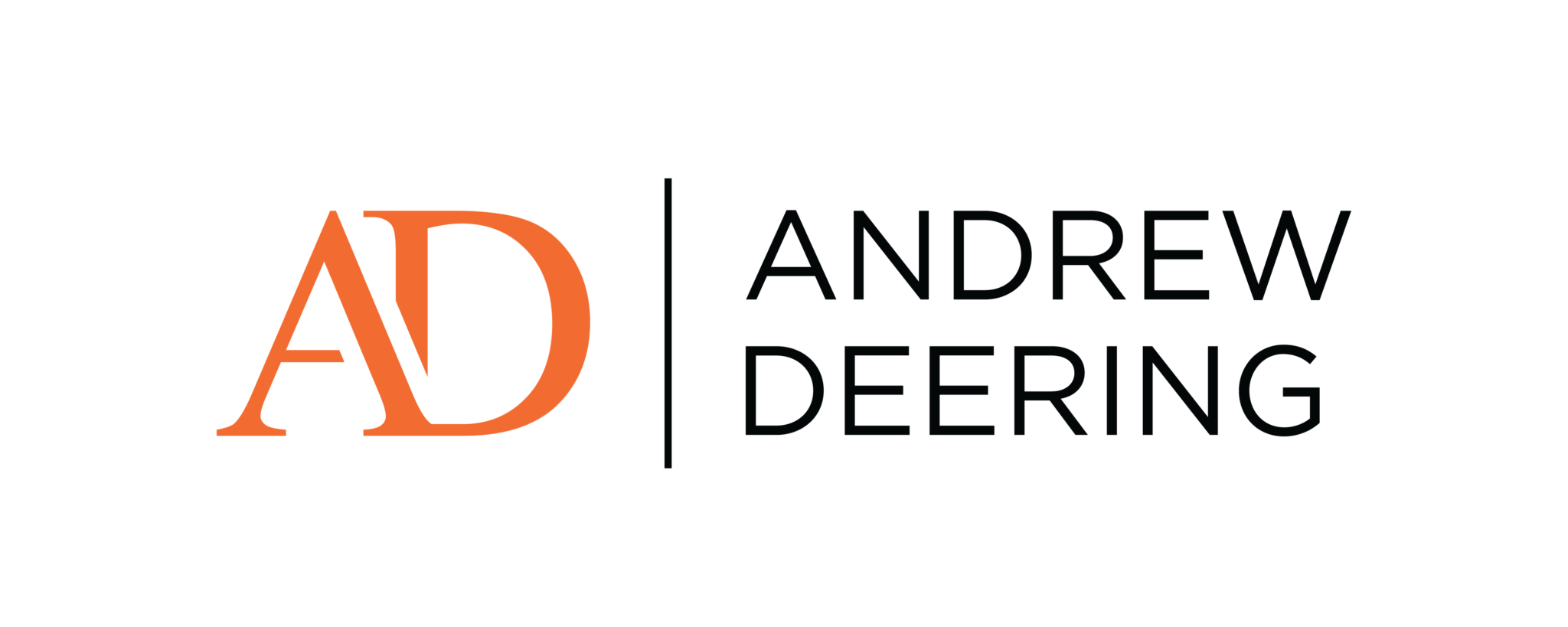
12 Nov Thank goodness there is a glass!
All of us view the world through a lens that only we can see through. It gives us our perspective, our context for how we experience and interpret what happens in our lives.
It’s interesting to stop and look at how this perspective can be influenced by the belief that the world is full of people who are either “glass half full or glass half empty”. This expression reflects the common binary assumption that people either see the good things in life or the bad things. We are either pessimists or optimists.
Broadly speaking, it’s fair to say that inside our world, optimists are loved, cherished and encouraged, whereas pessimists are brushed aside or even despised for their negativity. We tend to see one as being better than the other.
I’d offer a different way of thinking, and that is: both views can be either highly useful or problematic when allowed to go too far.
Optimism versus Pessimism
The optimist proclaims that we live in the best of all possible worlds; and the pessimist fears this is true. - James Branch Cabell
So, what do we mean when we talk about pessimism and optimism?
For me, Winnie the Pooh offers excellent examples of both. I loved reading the books and watching the television show as a kid. There’s a whole range of characters in the world of Winnie the Pooh, but the two that stand out in my mind are Tigger and Eeyore.
These characters are complete opposites. On the optimistic front, Tigger bounces around all over the place, overflowing with excitement and energy, eagerly looking for adventures – and trouble! He is full of life and beans, and the world is nothing but possibilities and opportunities for play and adventure.
Contrary to that, we have Eeyore, who mopes around endlessly, believing that if the sky hasn’t already fallen, it’s about to, and we should all hide in a dark hole and wait for it to happen. Eeyore is sulky, gloomy and cynical, but he’s also lovable, loyal to his friends, and even insightful.
I love the distinction between these two characters. If you haven’t had a chance to read or watch Winnie the Pooh, jump on YouTube – you’ll get the picture pretty quickly.

Tigger and Eeyore are lovely examples of optimism and pessimism. But now, let’s get into the nitty-gritty of what these two words mean.
Wikipedia defines optimism as:
“A mental attitude reflecting a belief or hope that the outcome of some specific endeavour, or outcomes in general, will be positive, favourable and desirable.”
Optimism often leads to the “positivity bias” – the tendency for people to remember pleasant and positive memories, recall neutral events as more positive than they really were, and to view the world through “rose-coloured glasses”. Tigger’s glass-half-full attitude definitely reflects this bias.
Wikipedia defines pessimism as:
“A negative or depressed mental attitude in which an undesirable outcome is anticipated for a given situation.”
Pessimists often lean towards a “negativity bias” – the tendency to register, dwell on and recall negative stimuli and events more readily than positive ones. This is certainly the case with poor Eeyore, who sees the worst in everything.
So, why does this conversation around pessimism and optimism matter?
Because, as leaders, followers or doers, how we view the world can have a significant impact on the life we lead and the people around us.
“There is nothing either good or bad, but thinking makes it so.”
- William Shakespeare
Everyone loves an optimist
In today’s world, there is a strong push towards a positivity bias. Optimism, seeing the glass half full, is considered a much more useful and beneficial approach than pessimism.
Some of the benefits of optimism include:
- You’re more likely to be committed to your goals because you believe they are achievable and worth chasing
- You’re more likely to try something new. If you’re not as worried about failing, you’re more willing to have a crack.
- You’re more likely to feel content with life.
- Research shows that having a positive attitude is linked with better cardiovascular health, stronger immune system, higher income and more successful relationships.
- Optimism is also linked with better wellbeing in times of adversity, as well as higher levels of engagement coping and lower levels of avoidance.
Overall, it seems the behavioural patterns of someone with a glass-half-full outlook correlate with success in many aspects of life. But how many of us are optimistic?
Research suggests that 80% of people are classified as optimistic. Indeed, it’s been argued that optimism has been critical to our evolution and survival as a species.
One question we could ask about this kind of research is, “Are the researchers being optimistic about the research on optimism?” I guess we’ll never really know! What can be gained from this research, though, is that optimism, having a glass-half-full lens, has a significant impact on the majority of our population and, therefore, most of us would suggest optimism is extremely useful.
“We can complain because rose bushes have thorns, or rejoice because thorns have roses.” - Alphonse Karr

Give the pessimist a chance
On the surface, it may seem that optimism is overwhelmingly more desirable than pessimism. You may be surprised to hear that there are, in fact, many benefits to taking the glass-half-empty approach.
Some of these benefits include:
- Nothing shocks a pessimist. When negative things occur, a pessimist is usually deeply unsurprised and accepts the situation more readily than an optimist.
- Pessimists are rarely disappointed by people and situations. Because their world view is negative, they have lower expectations, and can visualise and are ready for challenging people and situations before they occur.
- Research shows that pessimists may live longer, healthier lives. In fact, findings reveal that “being overly optimistic in predicting a better future was associated with a greater risk of disability and death within the following decade.” It appears that pessimism leads to greater carefulness and risk aversion than optimism, which means fewer injuries and health issues.
- Pessimists know when to give up and not spend endless time and energy trying to achieve impossible goals. They focus their time and productivity on endeavours that will give them a good return on their investment.
Arguably, pessimists are more level-headed than their glass-half-full counterparts. They don’t do things rashly, they assess the risks and worst-case scenarios, and they prepare for or avoid adverse outcomes. These can be useful behaviours for us as leaders and as followers.
But do we all have to be one or the other – a pessimist or optimist, glass-half-full or glass-half-empty? Do we need to put ourselves in a place where we are forced to choose?
The black hat under the blue sky
“Be not afraid of life. Believe that life is worth living, and your belief will help create the fact.” - Henry James
To me, counting yourself as either a pessimist or an optimist is less than useful. These kinds of labels put us in a box – a box that is binary and very limiting.
Pessimism and optimism both offer value when applied the right way. For example, teams need people who are willing to put on the “black hat” and focus on the risks, while others create the vision of the blue sky. Our organisations and communities need people who hold a more pessimistic view and people who hold a more optimistic view. Richness comes from both types of people working together in a useful way.
Underlying both types of lens is not just a perspective, but also a choice. We can choose how we perceive our world and the actions we take in response to it.
“Write it on your heart that every day is the best day in the year.”
– Ralph Waldo Emerson
For me, the labels of optimism and pessimism can be useful in understanding how we think and work, but they are not useful when it comes to how we move forward. In this way, I’m just glad there is a glass. Whether you’re an optimist or a pessimist, we all have a glass, and it’s up to us how we use it.
And, let’s be real, there are times when the glass does need to be full, sometimes even overflowing. There are also times when the glass needs to be empty. I think there is great power in the choice we have, the perspective we hold, and that’s the real value here. Pessimism and optimism are nothing more than tools to help us understand our world and understand how we and others might think.
I’ll throw a third word at you. Next time someone asks you if you’re a pessimist or optimist, or even tells you, maybe you could say you’re a meliorist. Meliorism is the belief that the world tends to improve, and that humans can aid in making it better.
I like that thought, and I hope it might be useful for you, too.
So, as you continue with your week, I’d be less worried about whether your glass is half full or empty. Instead, I’d try to collect as many cool glasses as you possibly can. Remember, as you collect glasses and work with others who have their own, be kind, take time to understand their glass and how they use it, and don’t be afraid to be a little vulnerable in exploring and communicating your glass.
“What day is it?” asked Pooh.
“It’s today,” squeaked Piglet.
“My favourite day,” said Pooh.”
– A.A. Milne
Be kind, be well, be true, be you.
Andrew Deering
Organisational Capability Expert
Coach | Facilitator | Author of Creating the SHIFT
0459 806 046
ad@thedeering.com
Did you find this useful?
If you did, you might find my newsletter valuable. I share my reflections, thoughts and other things I hope are useful regularly via this medium.
If you’d like to subscribe, fill in this short form. I look forward to connecting there and continuing the conversation.
p.s.
If you’d like to keep the conversation going, there are a few other ways we can stay connected.
Get your copy of my book, Create the SHIFT
Click here to get a copy – or reach out via email.
Stay connected
I share my reflections, thoughts and other things I hope are useful on LinkedIn every day, along with a number of other platforms.
Lets talk
If you’re interested in working together, give me a call or send an email. I’d love to have a conversation with you.

